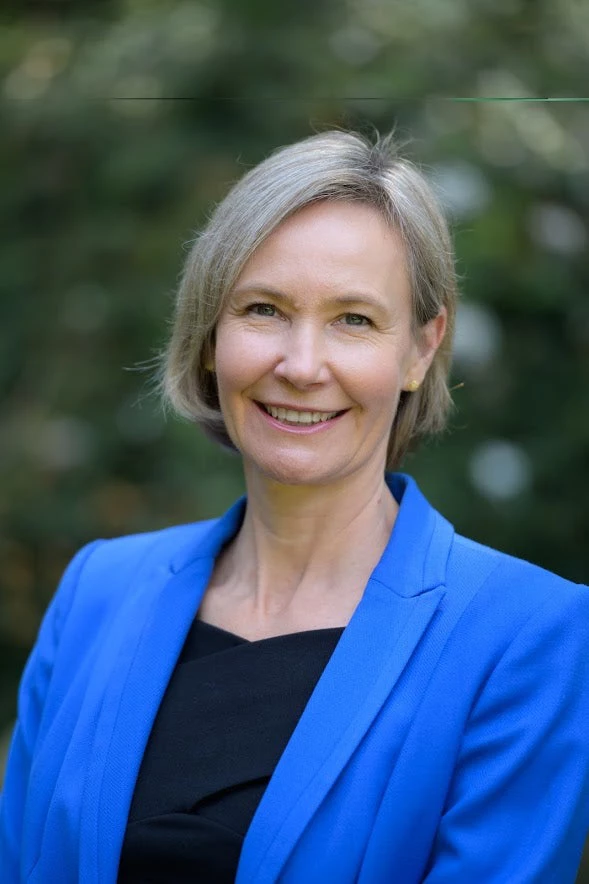 Woman honey producer from Kenya holding a sign that reads "Equal?"
Woman honey producer from Kenya holding a sign that reads "Equal?"
When natural disasters hit, they often bring further calamities to vulnerable women and girls. As we conclude the 16 Days of Activism Against Gender-Based Violence, we want to shed light on this often overlooked connection between climate change and gender-based violence (GBV). Research indicates that women and girls are up to 14 times more likely to be harmed during a disaster. For those who survive, climate-induced disasters can amplify gender inequalities, making them more vulnerable to GBV, even when life for others may go back to normal.
Currently, East Africa is experiencing its worst drought in 40 years, affecting over 37 million people. By 2030, up to 86,000 Kenyans will be impacted by rising sea levels and ocean temperatures, amplifying coastal flooding and storm intensity.
Drought increases stress in communities, which can lead to more conservative patriarchal practices such as son preference, differential feeding, child marriage, and intimate partner violence. Women are also at greater risk of land-grabbing as they move to protect their land and natural resources. In Somalia, which ranks as the world’s 4th most gender-inequitable country, climate change and GBV are pervasive and severe.
In disasters such as flooding and wildfires, additional workloads may mean that women and girls are not able to be as responsive to domestic demands, increasing household tensions that result in violence. During times of resource scarcity, women are more likely to be coerced into sexual exploitation in exchange for goods or services, and walk increasingly longer distances to find potable water and food, making them vulnerable to sexual assault. Similarly, when families are unable to meet basic needs, the risk of child marriage increases significantly.
“Climate change could force 216 million people to migrate within their own countries by 2050”; the majority being women and children. Displacement increases risk for women and girls, whether in transit, displacement camps, or living without resources. Away from their communities, exposure to violence often increases, including sexual assault, exploitation, and trafficking. Intimate partner violence may increase because of resulting household tensions. Additionally, young girls may be out of school, increasing their risk of child marriage.
"Research indicates that women and girls are up to 14 times more likely to be harmed during a disaster. For those who survive, climate-induced disasters can amplify gender inequalities, making them more vulnerable to gender-based violence, even when life for others may go back to normal."
What is the World Bank doing?
Effectively addressing GBV is critical for ensuring the rights of women and girls , and contributes to the World Bank’s twin goals by increasing their ability to contribute to social and economic opportunities.
Supporting governments in their prevention and response is an important, growing area of attention for the World Bank. We are addressing this numerous ways:
- Integrating GBV in strategies and policies. A focus on GBV within International Development Association (IDA) commitments has spurred increasing action in investments. Since IDA17, each year has included policy commitments, recently through strengthening national frameworks to address GBV at the policy and institutional levels. [See IDA18, IDA19, IDA20.] The World Bank Group Gender Strategy specifically addresses GBV through its fourth pillar, enabling women’s voice and agency.
- Investing in addressing GBV risk, prevention, and response. Work around GBV has expanded to include training and mentoring to shift mindsets and increase technical capacity. The World Bank has authorized hundreds of millions of dollars to test and implement effective approaches to prevent GBV—including addressing social norms that underpin violence—and improve response when violence occurs. Strengthening and restoring GBV service delivery, implementing shock-responsive safety net projects, and women’s economic empowerment are some of the approaches that have been applied in response to climate induced disasters. In East Africa, 107 operations have included interventions to address GBV, with investments of ~USD680 million in standalone GBV projects and components; see the South Sudan Women’s Economic Empowerment Project and DRC GBV Prevention and Response Project.
- Advancing gender transformative approaches in investment projects. The World Bank is making improvements in climate resilience and disaster risk management to ensure better outcomes for women, including promoting women’s participation in local climate decision-making and supporting their access to climate finance. In Kenya, the Financing Locally Led Climate Action Program supports resilience actions, targeting gender gaps in participation and strengthening government capacity to manage climate risks.
- Enhancing opportunities for women across key climate-related sectors. Climate investments can support women’s productivity in agriculture, which is an important protective factor against GBV. The Kenya Coastal Region Water Security and Climate Resilience project seeks to address the gender gap in agricultural productivity, and the low representation of women in leadership positions in current bulk water institutions on the coast. The Malawi Watershed Services Improvement Project aims to increase the adoption of sustainable landscape management practices and improve watershed services, addressing the gender gap in agricultural productivity by improving women’s access to the critical agricultural inputs of land, labour, and technology.
- Promoting knowledge and evidence. The World Bank Gender Platforms invests in analytical work on the impacts of climate change on gender disparities and GBV. For example, the Rwanda Country Climate and Development Report and Somalia Climate Risk Report, currently under development.
"Failure to act on gender-based violence and climate change can perpetuate the cycle of violence, undermining community resilience to climate change, which further inhibits development progress."
The World Bank is committed to supporting initiatives that empower women, reduce GBV, and assist communities in inclusive climate resilience, disaster preparedness, and response. This includes building capacity, knowledge, and investment towards climate change and GBV, both internally and influencing policies and national action plans, while ensuring that gender equity is included in new World Bank Group climate and development reports.
Failure to act on GBV and climate change can perpetuate the cycle of violence, undermining community resilience to climate change, which further inhibits development progress. The World Bank is in the unique position to generate and disseminate knowledge, leverage partnerships with governments and key stakeholders, and lead by financing innovative programming. Not only can it create a space for policy dialogues on addressing GBV and climate change, but the World Bank can act as a pioneer in practice. Our time for action is NOW.




Join the Conversation